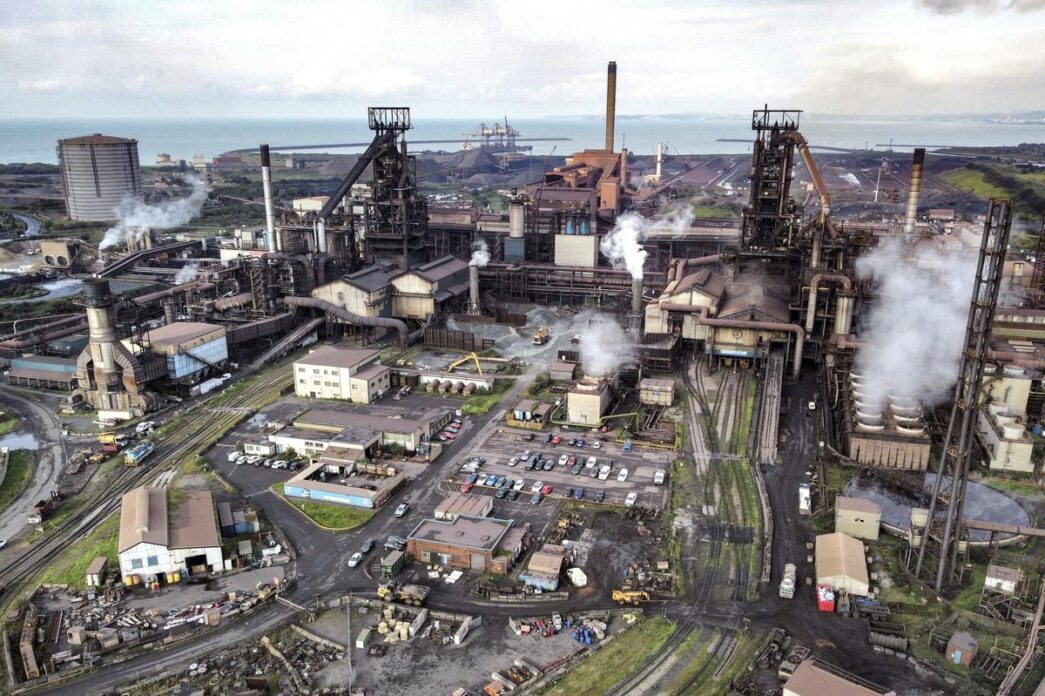Tata’s decision to shift Port Talbot’s steelmaking operations from blast furnace primary steelmaking to electric arc furnaces marks a pivotal moment in the history of UK steelmaking. This transition not only signifies the end of an era for an industry deeply intertwined with the Welsh economy since the industrial revolution but also foretells significant job losses.
The move by Tata Steel, an Indian-owned company, to transform the vast Port Talbot site into an electric arc furnace steel-making facility reflects a confluence of factors including global steel oversupply and the imperative to address climate change in alignment with UK and Welsh government net-zero targets.
Moreover, Tata has faced challenges related to UK energy costs, placing it at a disadvantage compared to some European counterparts. With British Steel, owned by Chinese investors, already transitioning away from primary steel production to arc furnaces, the UK faces the prospect of being the sole major economy without the capacity to produce steel from scratch.
While electric arc furnaces offer a sustainable alternative, they may not immediately compensate for the loss of primary steelmaking capacity at Port Talbot and Scunthorpe. This transition poses challenges, as steel remains a strategic asset vital for economic growth and national security.
Despite hopes for a lengthier transition period, Tata concluded that maintaining blast furnaces was economically unfeasible, opting instead for arc furnaces, which will produce steel from scrap. This decision, while necessary, will result in approximately 3,000 job losses across Tata Steel’s UK operations, with Port Talbot bearing the brunt.
The magnitude of these job losses will have profound economic ramifications, impacting not only Port Talbot but the broader Swansea Bay region and Wales as a whole. The current primary steel operation contributes significantly to Welsh GDP, a contribution that arc furnaces may not replicate.
Transitioning to arc furnaces also presents quality assurance challenges, particularly in meeting the standards demanded by downstream businesses. Investment in research and development, supported by the UK government, will be essential to advance quality levels and ensure efficient scrap processing.
Moreover, concerted efforts are needed to redirect UK scrap steel towards domestic arc furnaces, ensuring the commercial viability of UK-based steel production. This shift requires collaboration between industry stakeholders and policymakers to foster a robust indigenous supply chain.
While job losses are inevitable, support measures such as retraining and financial assistance will be crucial in facilitating workforce transition. Additionally, initiatives like the Celtic Freeport status granted to Port Talbot offer prospects for job creation in renewable energy sectors, albeit with challenges in maximizing economic benefits.
In conclusion, while the transition to electric arc furnaces represents a necessary step towards sustainability, it underscores the need for proactive strategies to navigate economic and social challenges. Collaboration between industry, government, and communities will be pivotal in shaping a resilient future for UK steelmaking and its associated industries.
















